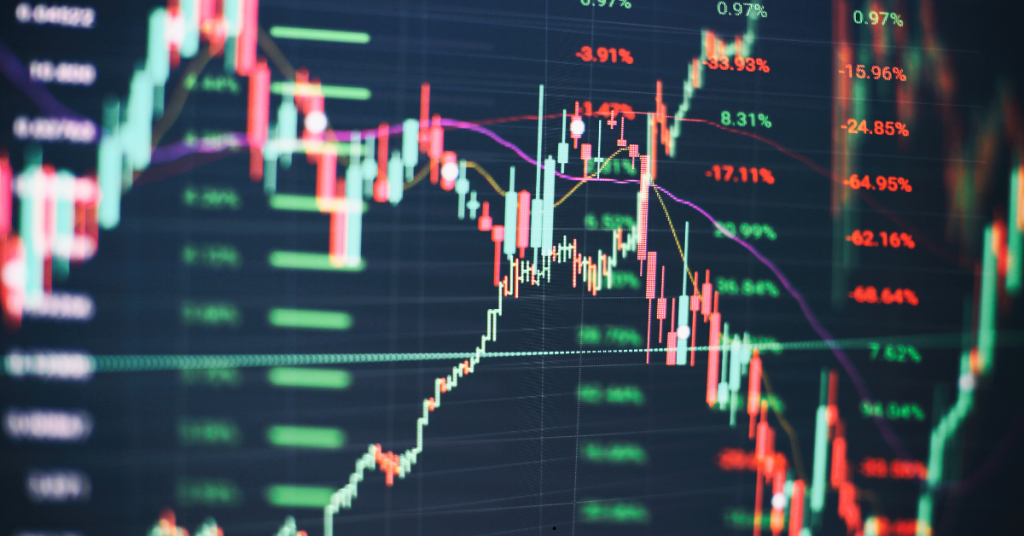
Table of Contents
Conducting daily forex market analysis is crucial for traders to make informed decisions. Whether you’re a beginner or a seasoned trader, knowing how to analyse the forex market. When focusing on improving your trading strategy, make sure to do complete research.
This blog will guide you through various analysis methods. It will focus on technical analysis and fundamental analysis. It will also provide practical forex trading tips that will improve your trading.
Key Takeaways
- Daily forex market analysis can be categorised into technical and fundamental analysis.
- Technical analysis involves using charting tools and indicators.
- Fundamental analysis relies on economic indicators and news events.
- Combining both methods can offer a comprehensive view of market conditions.
Introduction to Forex Market Analysis
The forex market is the most liquid financial market globally, making it both attractive and challenging for traders. Daily forex market analysis helps traders make informed decisions by evaluating the market data.
Forex analysis involves evaluating fluctuations in currency pair prices. These factors drive those fluctuations. Traders use this analysis to profitably buy and sell currencies. In forex trading, traders use fundamental and technical analysis methods, often combining these approaches to enhance decision-making and trading strategies. The best medium to execute trades would be by using a Forex VPS.
Let’s dive into the types of analysis you can use in this dynamic market.
Types of Forex Market Analysis
Technical Analysis
Technical analysis in forex involves examining historical price data. It uses various charting tools and indicators to forecast future price movements. This type of analysis is based on the idea that historical price patterns tend to repeat.
- Chart Patterns: Identifying patterns such as head and shoulders, double tops, and triangles to predict future price movements.
- Indicators: Technical indicators like moving averages, relative strength index (RSI), and MACD are used to analyse market trends and momentum.
- Support and Resistance Levels: Determining key price levels where the market tends to reverse or consolidate.
Fundamental Analysis
Fundamental analysis focuses on evaluating economic indicators and news events to gauge the currency performance. This method requires a thorough understanding of macroeconomic factors.
- Economic Indicators: Monitoring GDP, employment rates, inflation, and interest rates to assess performance.
- News Events: Keeping track of geopolitical events, central bank meetings, and policy changes.
- Sentiment Analysis: Understanding market sentiment through investor confidence indices and other sentiment indicators.
Practical Steps for Daily Forex Market Analysis
- Stay Updated with Economic News:
- Regularly check economic calendars for upcoming events that could impact the forex market.
- Follow financial news outlets and subscribe to alerts to stay informed.
- Use Technical Analysis Tools:
- Use charting software to visualise price movements and identify trends.
- Apply technical indicators to your charts to gain insights into the Forex market.
- Combine Technical and Fundamental Analysis:
- Utilise technical analysis to identify optimal entry and exit points in trading.
- Use fundamental analysis to understand the broader market context and potential long-term trends.
- Keep a Trading Journal:
- Document your trades, including the rationale behind each decision, the outcome, and what you learned.
- Regularly review your trading journal to pinpoint recurring patterns to improve.
Forex Trading Tips for Effective Analysis
- Develop a Routine: Establish a daily routine for conducting your market analysis. Consistency is key to staying on top of market developments.
- Focus on Major Currency Pairs: Start with major pairs like EUR/USD, or GBP/USD, as they tend to have more predictable patterns and higher liquidity.
- Use Multiple Time Frames: Analyse the market using different time frames to get a comprehensive view. For example, use daily charts for long-term trends and hourly charts for short-term movements.
- Manage Risk: Always use stop-loss orders to protect your trades from significant losses. Determine your risk tolerance and stick to it.
- Stay Disciplined: Avoid emotional trading. Stick to your trading plan and analysis, even if the market moves against you in the short term.
Conclusion
Becoming adept at analysing the forex market involves blending technical and fundamental analysis. Also, maintaining a regular routine, and adhering to disciplined trading strategies. These factors collectively contribute to improving trading skills over time. To improve your success in the forex market, stay informed about economic events. Use technical indicators and keep a detailed trading journal.
Remember, no single method guarantees success in forex trading. Continuous learning, disciplined execution, and diverse strategies set proficient traders apart. Keep honing your skills, stay updated with market trends, and always be prepared to adapt to changing market conditions.
FAQs
How often should I perform forex market analysis?
Ideally, you should analyze the forex market daily to stay updated on market conditions and make timely decisions.
What are the best indicators for technical analysis?
Some popular indicators include moving averages, Bollinger Bands, MACD, and RSI. Choose indicators that complement your trading strategy.
How do I stay updated on fundamental factors?
You should keep track of financial news, and view economic calendars, and geopolitical events.
Harness the Cloud: Boost Your Trading with Fast Forex VPS!
Subscribe now for as low as $6.99/month!
